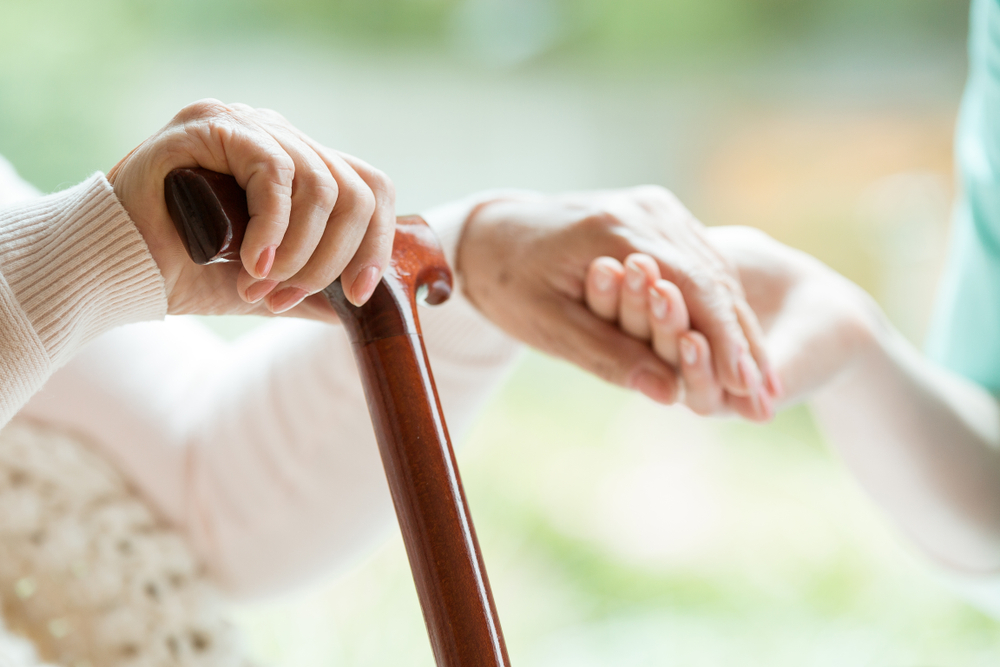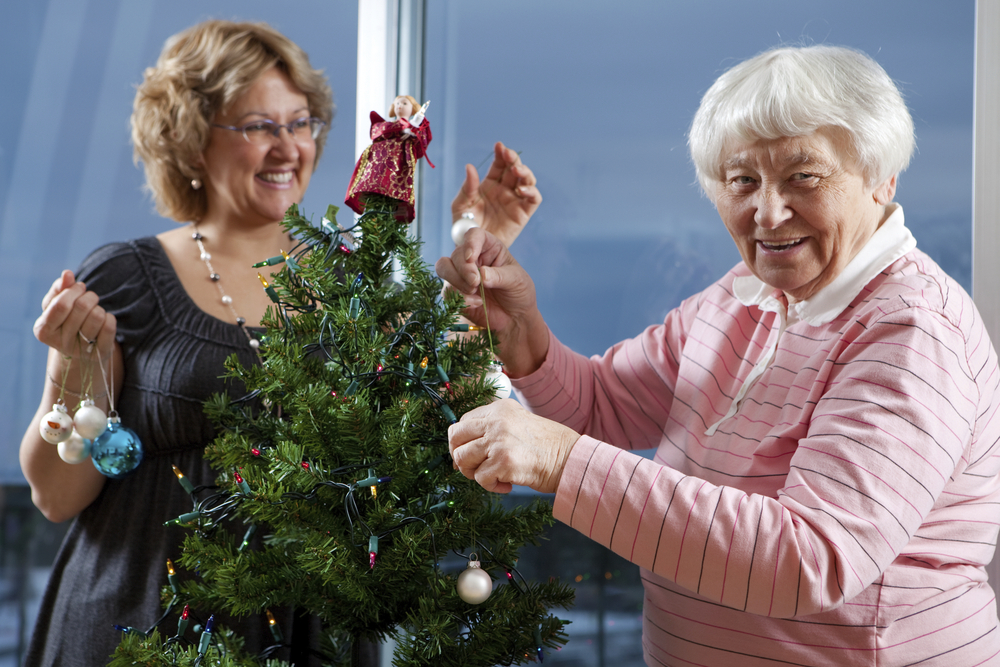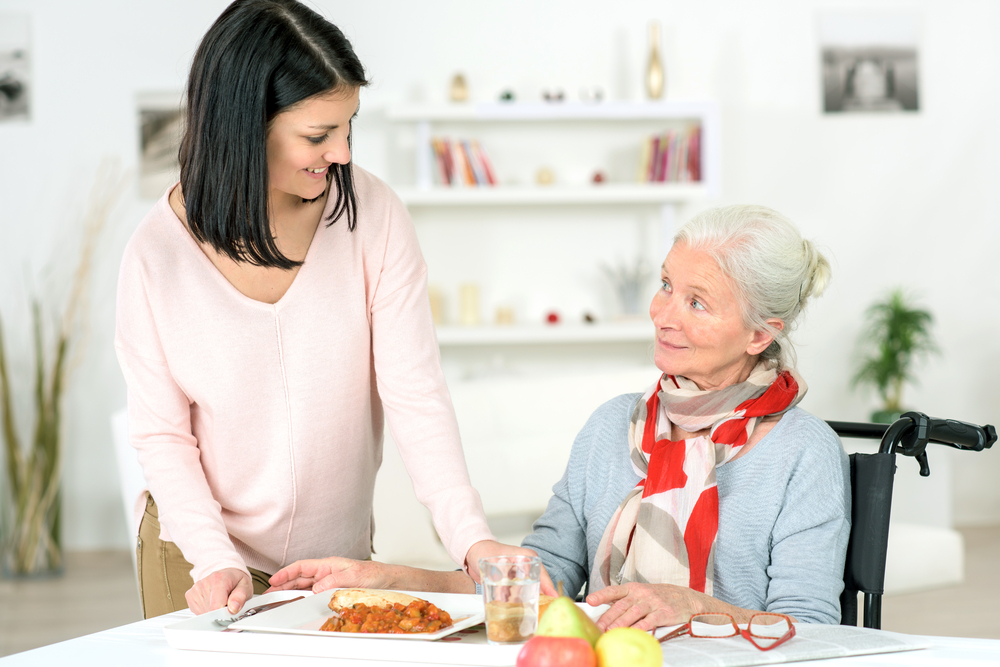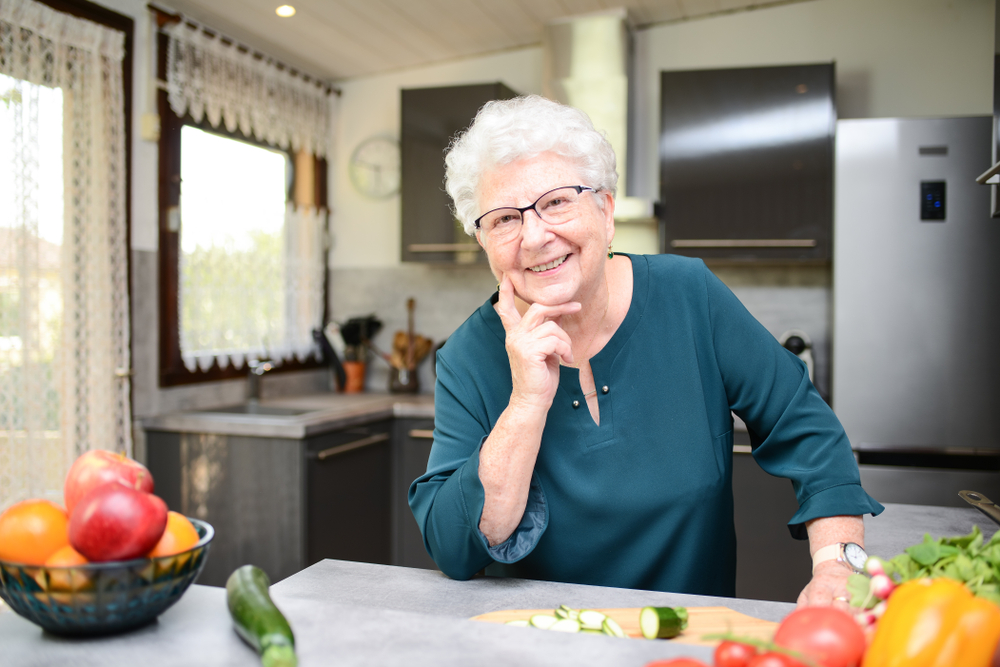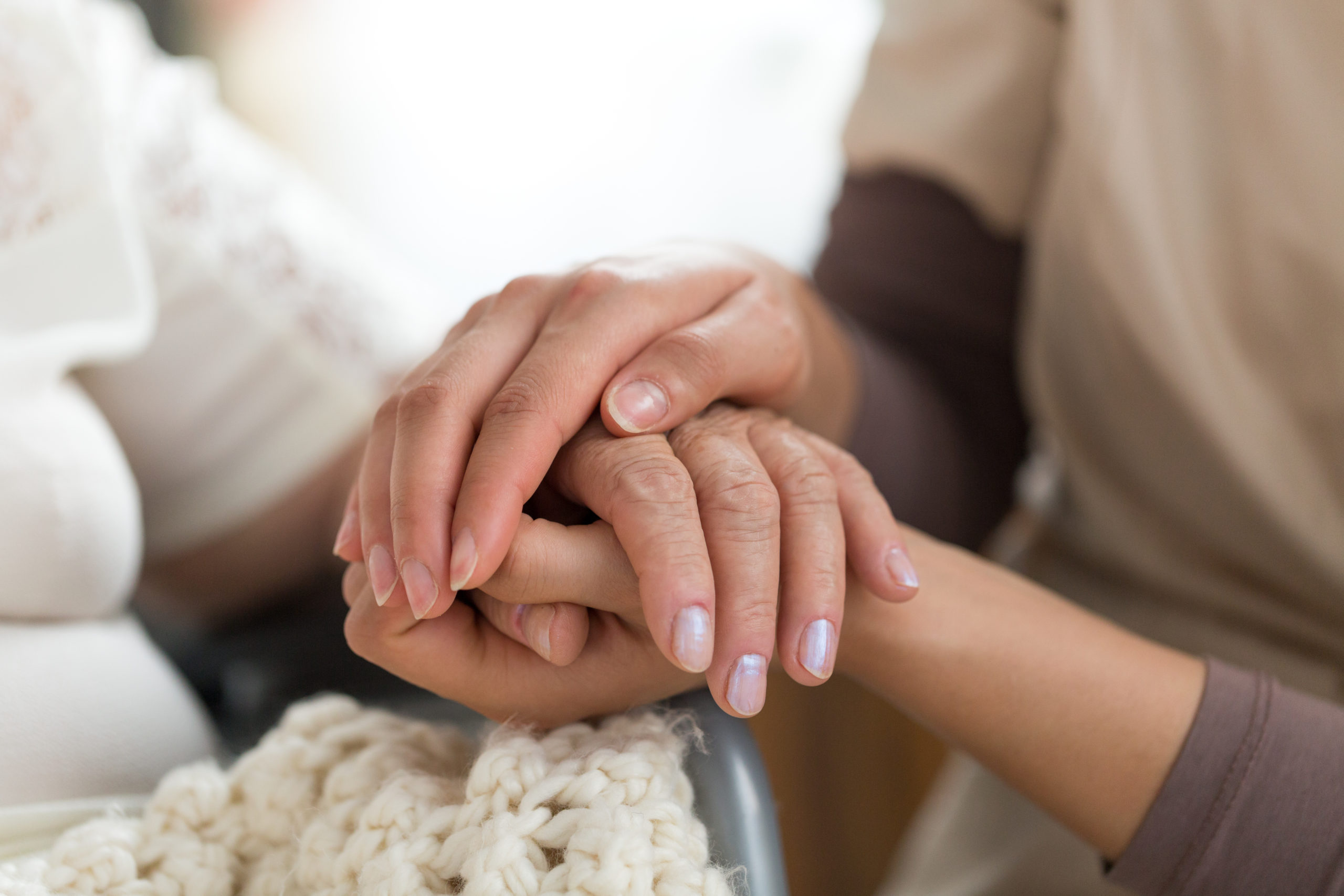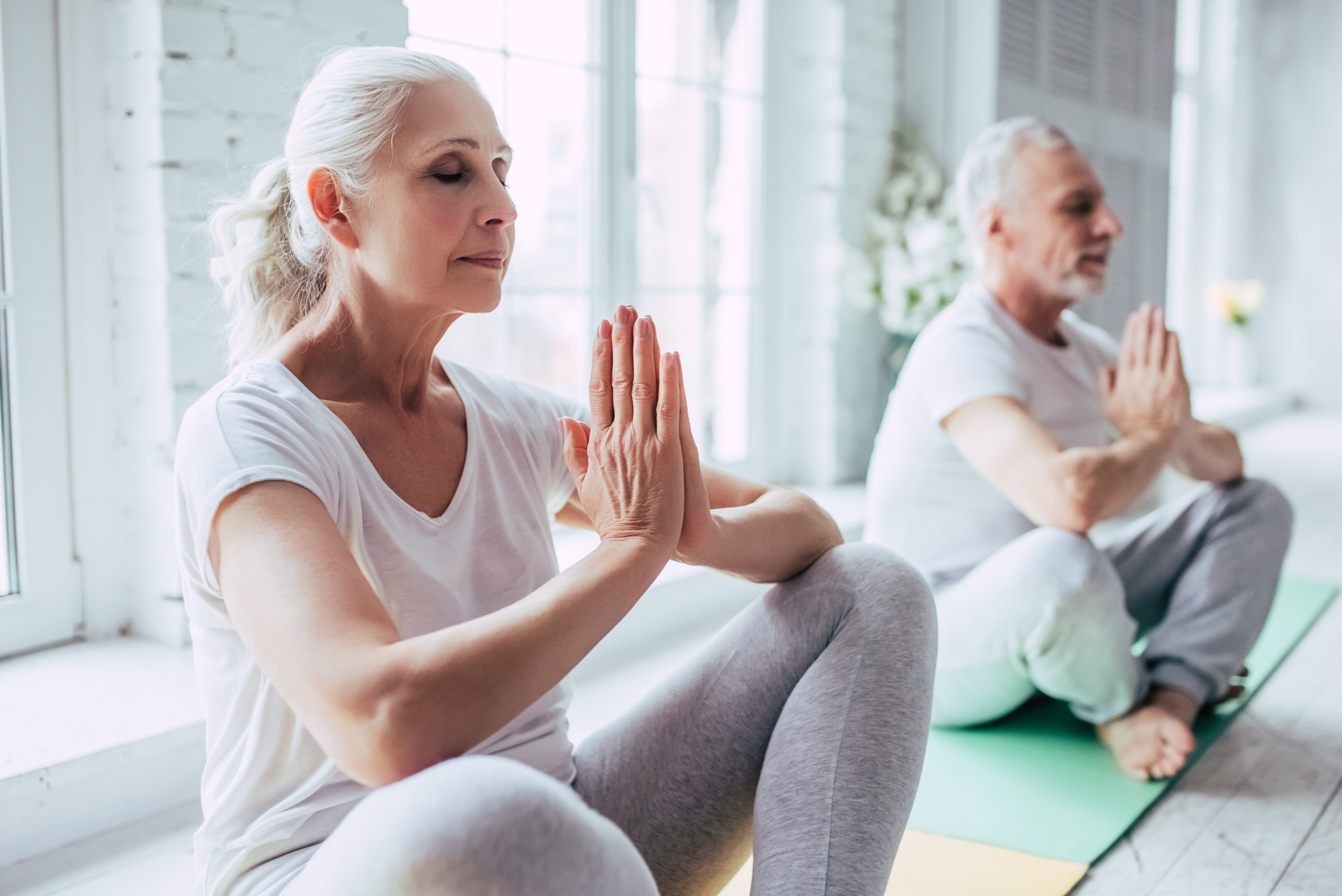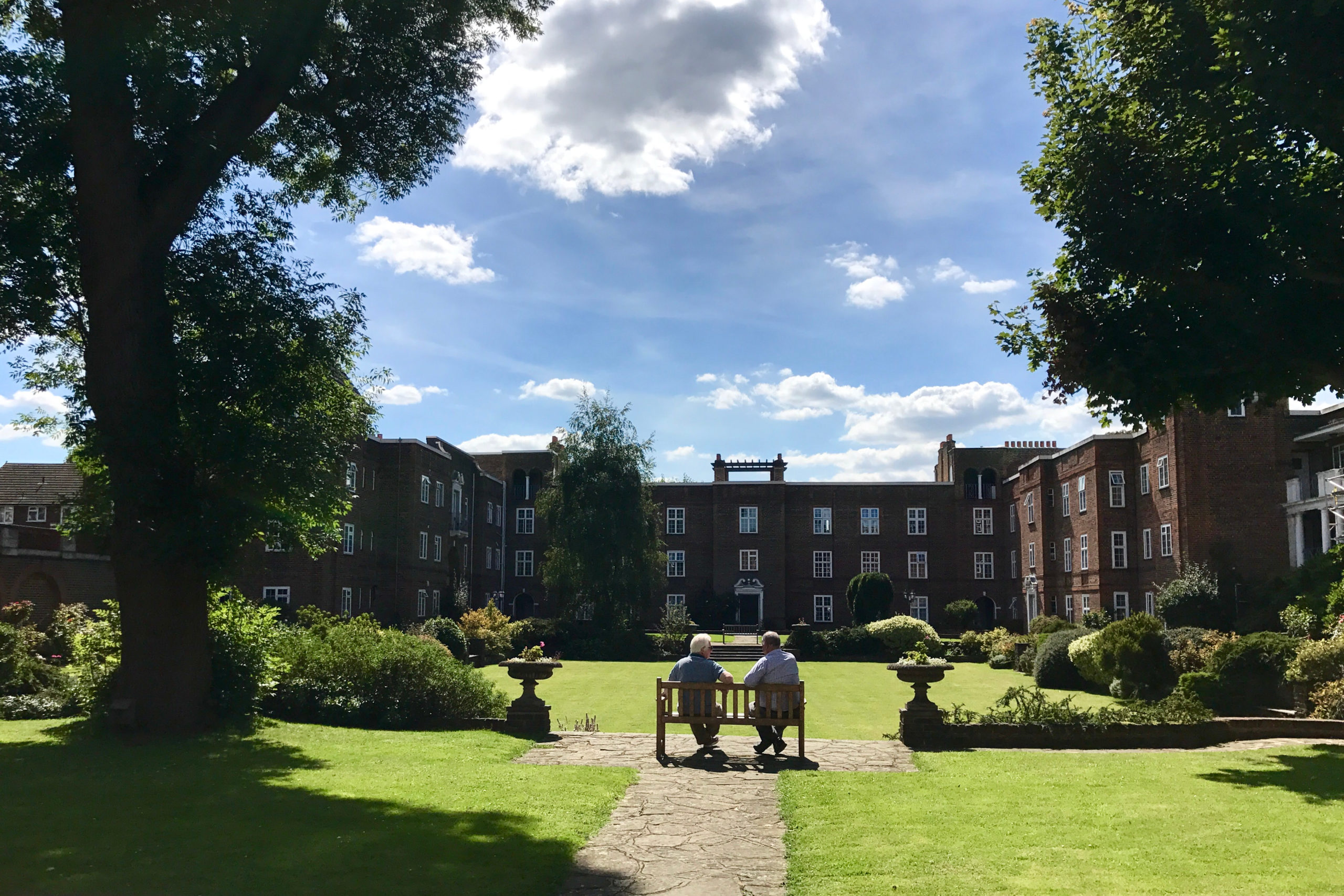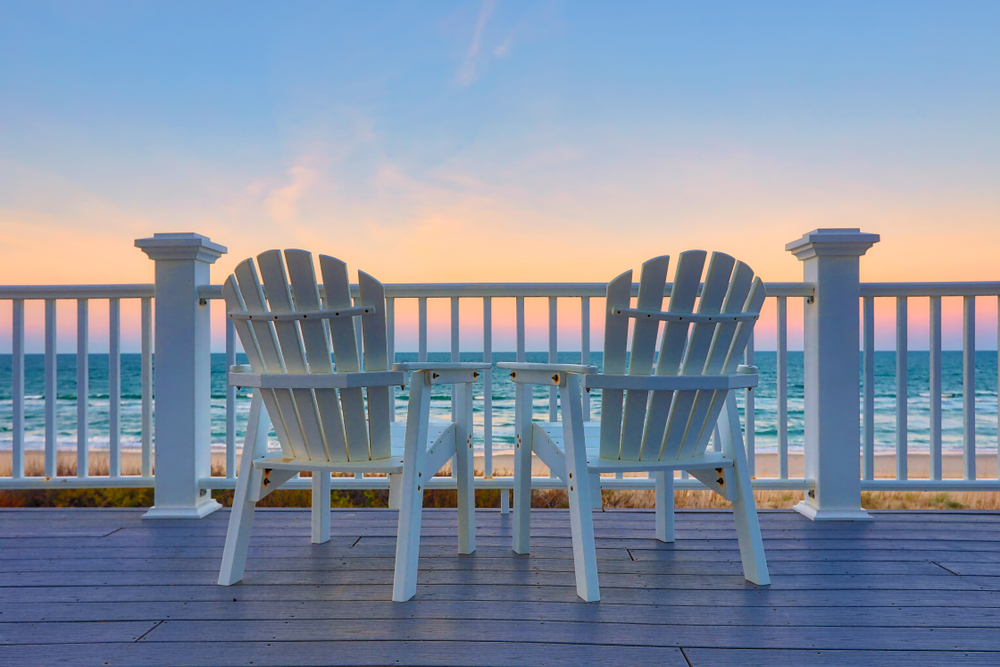Retirement communities have come a long way in recent years. Today, there are more care options for seniors than ever before.
Two of the most common types of retirement communities are assisted living and continuing care retirement communities. But how do seniors and their families determine what type of care is right for them? There are key differences between these two types of communities.
What Is Assisted Living?
Assisted living is a community intended to support seniors who need more care than independent seniors but do not need around-the-clock support. Most assisted living communities provide residential-style space for seniors, such as condos, apartments, or even homes.
Seniors have their own private space but still benefit from the help of staff members who are available 24/7 to assist with activities of daily living. Assisted living also provides a community where seniors can make friends and participate in social events.
Most communities offer a full calendar of events that provide plentiful opportunities for residents to socialize with one another just steps from their front door. Additional services and amenities in assisted living might include:
- Fitness center
- 24/7 security
- On-site dining
- Swimming pools
- Housekeeping
- Transportation
In addition, assisted living includes support services to help seniors take a holistic approach to wellness and healthy aging. These may include nutrition services, planning services, mental health services, and more.
What Is a Continuing Care Retirement Community (CCRC)?
Continuing care retirement communities, or CCRCs, are retirement communities that provide a full continuum of care for seniors, from independent living to skilled nursing care, all in one place. CCRCs have staff that can cater to seniors who need very minimal help and also to seniors who need around-the-clock care.
Importantly, care can be dialed up or down for residents as needed. As seniors age and their needs change, CCRCs can adjust their level of care so that the resident does not have to move to another location.
Similarly, if seniors are experiencing a temporary health issue or are recovering from treatment, CCRCs can offer additional short-term care, then re-calibrate when the resident recovers.
Key Differences
While assisted living communities and CCRCs offer many of the same amenities, there are a few key differences between the two communities.
Long-Term Needs
One of the key differences between assisted living and CCRCs is the ability to address long-term needs. Seniors may grow out of assisted living as they age and need more care. Assisted living communities are often not able to provide a higher level of care. CCRCs, on the other hand, are equipped to provide long-term care as needed.
Approach to Care
Since assisted living communities usually serve seniors who are of similar needs, the level of care is relatively consistent from resident to resident. CCRCs provide a greater range of care. Each resident has a highly personalized care plan that is evaluated frequently.
Residents in both types of communities receive individualized care that meets all of their needs. However, since CCRCs provide a greater range of services, their care plans must be more specific.
Range of Residents
In assisted living, most residents are similarly situated in terms of the care they require. CCRCs care for a much wider range of residents, from seniors living independently who require almost no help to seniors who need 24/7 care.
Deciding Between a CCRC and Assisted Living
CCRCs and assisted living communities are very different, and assisted living communities may not be able to meet the needs of all seniors. The best way to decide what type of living is right for a senior is to work with retirement community staff to create an individualized plan that ensures all of the senior’s needs are met.

